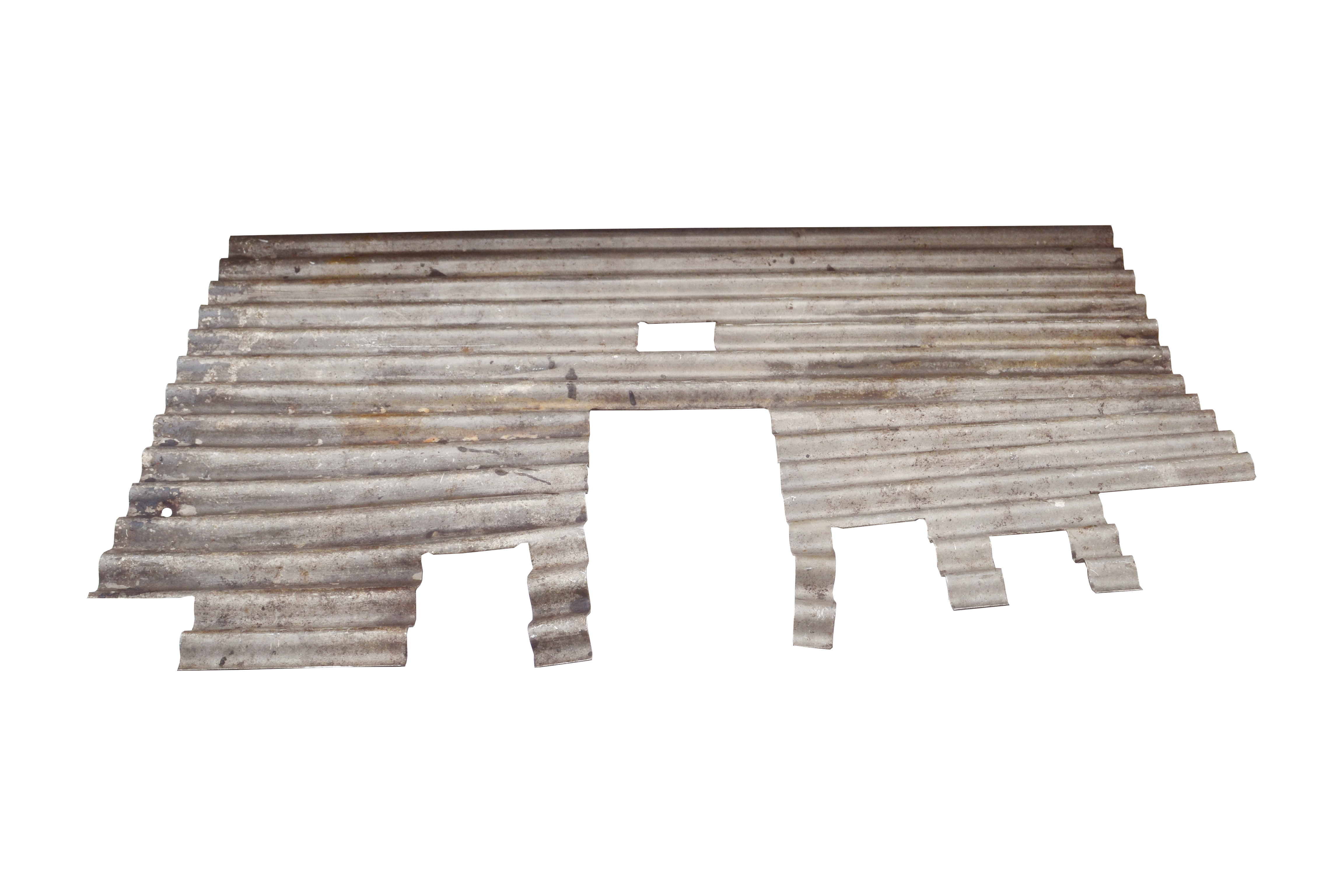
German assault troops crossing the Albert Canal on May 10th 1940
Fort Eben-Emael was designed to defend Belgium from a German attack across the narrow belt of Dutch territory in the region. Constructed in 1931–1935, it was reputed to be impregnable and at the time, the largest fortress in the world.

The fort is located along the Albert Canal where it runs through a deep cutting at the junction of the Belgian, Dutch and German borders. A huge excavation project was carried out in the 1920s to create the Caster Cutting, through Mount Saint Peter, to keep the canal in Belgian territory. This created a natural defensive barrier, with the fort being built at a location that had been originally recommended by Brialmont in the 19th century. The excavation work for the fort was carried out on the canal side, sheltered from view and in an ideal location to load excavated spoil into barges. The fort's location above the canal also allowed for efficient interior drainage.


Eben-Emael occupies a large hill just to the east of Eben-Emael village, bordering the Albert Canal. The irregularly-shaped fort is about 600 metres (2,000 ft) in the east-west dimension, and about 750 metres (2,460 ft) in the north-south. Eben-Emael's main weapons were divided between turrets and casemates. Underground galleries extend over 4 kilometres (2.5 mi) beneath the hill, connecting the various blocks and serving the underground barracks, power plant, ammunition magazines and other spaces. Fresh air was obtained from intake vents over the canal.


Except for some of the officers and NCOs, most of the men were conscripts, the majority of whom were reservists and were called up after the Invasion of Poland in 1939. Infantry training was poor.
 Remains of a Magnetic Shaped Charge. It was this type of specialist explosive device used to neutralise the 120 mm turret of the fortress.
Remains of a Magnetic Shaped Charge. It was this type of specialist explosive device used to neutralise the 120 mm turret of the fortress.
Floor panel from the cockpit of a DF230 glider.
On 10 May 1940, 78 paratroopers of the German 7th Flieger (later 1st Fallschirmjäger Division) landed on the fortress using DFS 230 gliders, armed with special high explosives to attack the fortress and its guns. Much of the fort's defensive armament was destroyed in a few minutes; the attackers were unable to gain access to the underground galleries. The garrison, unable to dislodge the attackers from the surface of the fort, surrendered one day later, after the paratroopers were reinforced by the German 151st Infantry Regiment.

Back
